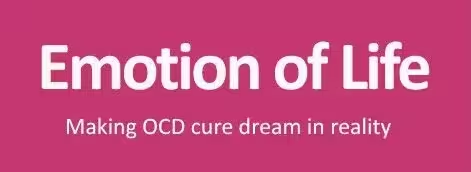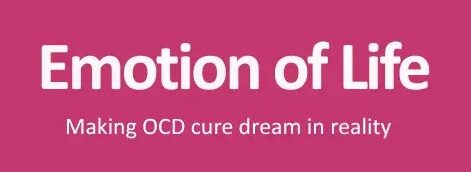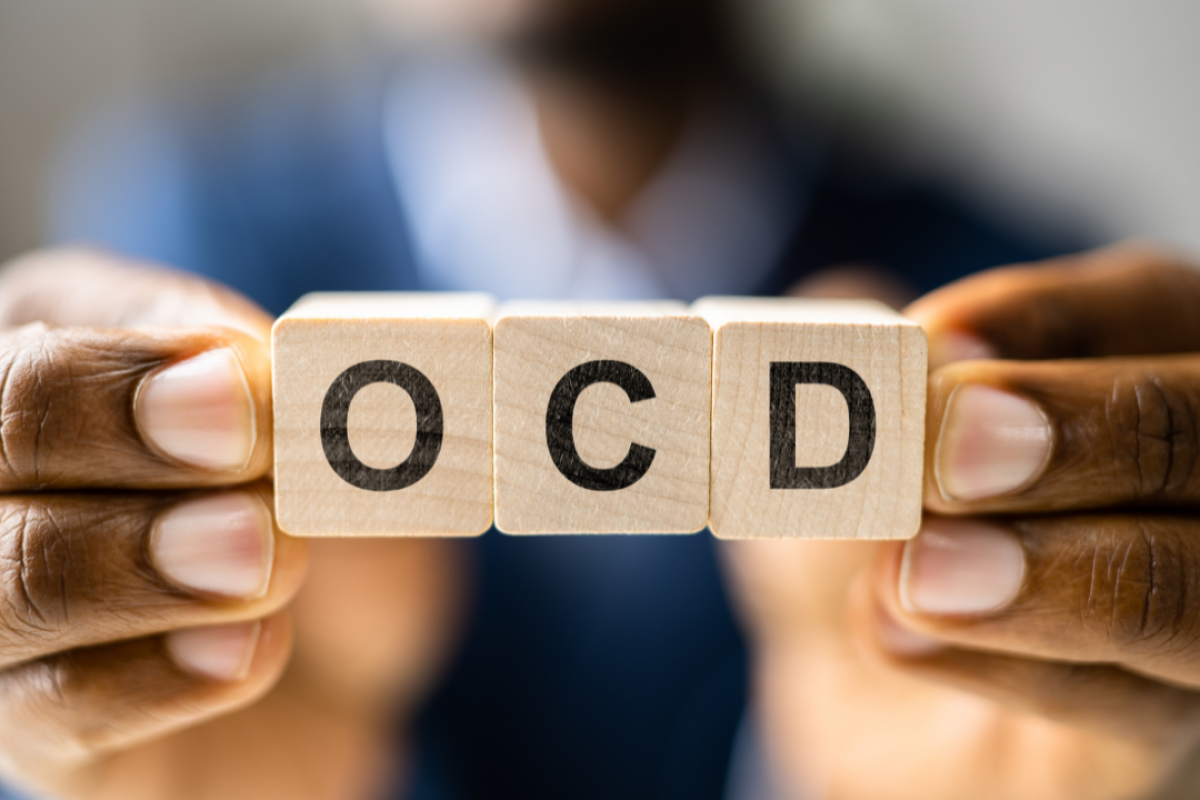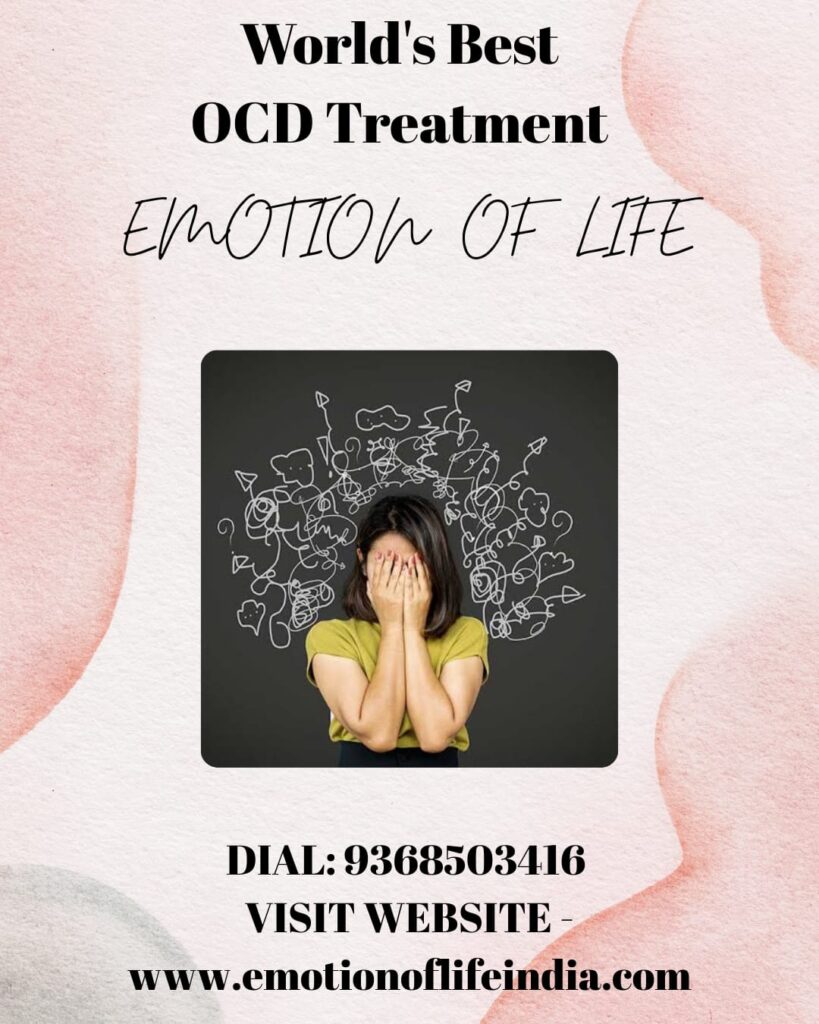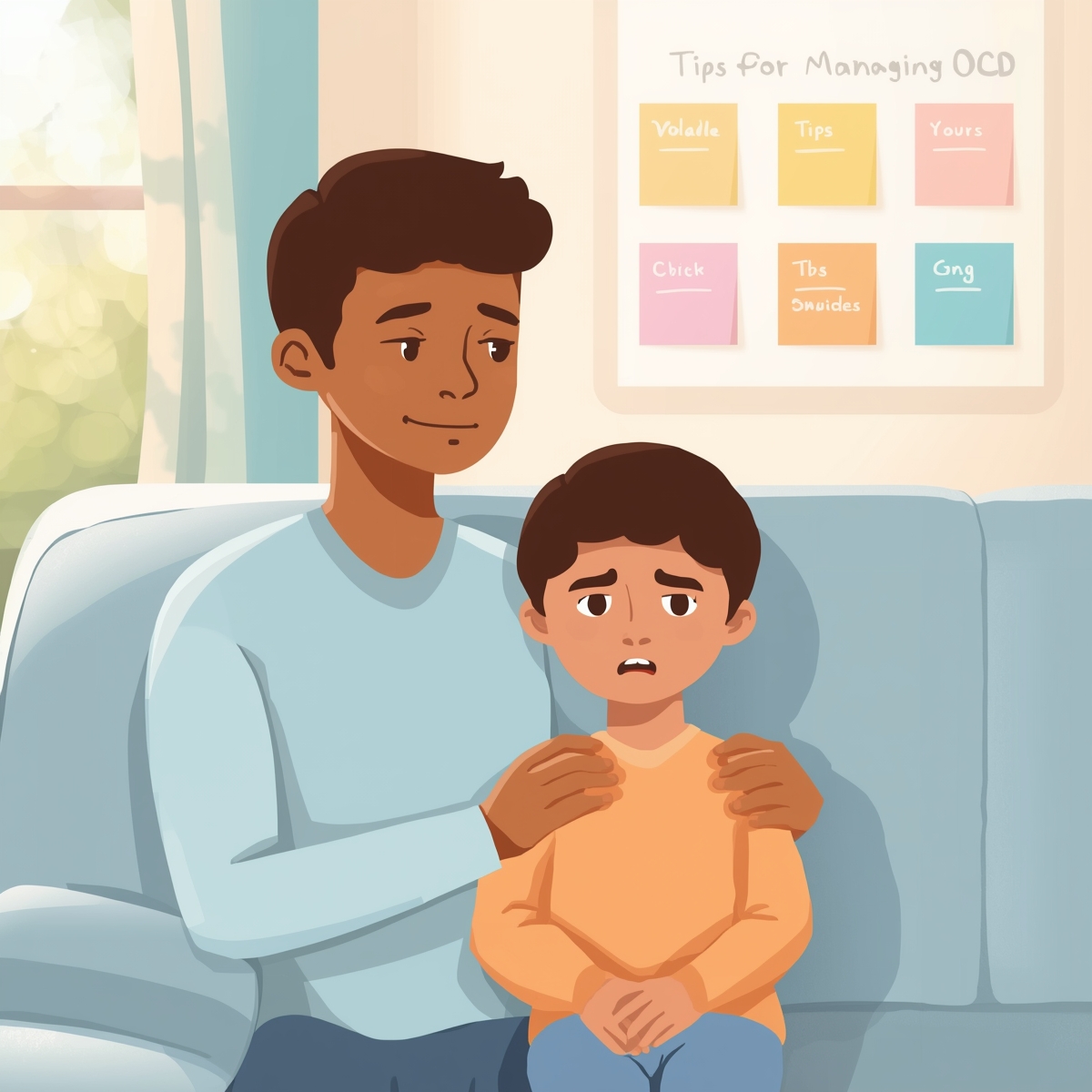Cognitive Restructuring for OCD: CBT Technique by Emotion of Life
Cognitive restructuring is a core part of CBT for OCD that helps people challenge and change irrational, obsessive thoughts that lead to compulsive behaviors. At Emotion of Life, under the expert guidance of OCD therapists Shyam Gupta and Pratibha Gupta, cognitive restructuring is effectively used to help individuals manage and overcome obsessive-compulsive disorder (OCD). Our goal is to help you understand and apply CBT therapy techniques that address the root cause of OCD and not just manage surface-level symptoms. This approach is a key pillar of our OCD Recovery and Cure Program.
What is Cognitive Restructuring in OCD?
Cognitive restructuring in OCD therapy focuses on identifying, challenging, and changing the negative, irrational beliefs that drive obsessions and compulsions. It is a powerful technique within Cognitive Behavioral Therapy for OCD available both online and onsite at Emotion of Life. When combined with ERP for OCD (Exposure and Response Prevention), this method helps individuals systematically correct their faulty thinking patterns.
How Cognitive Restructuring Works in OCD Management
Identifying Cognitive Distortions
OCD sufferers often experience distorted thinking patterns, which CBT for OCD specifically targets. Some common distortions include:
- Intolerance of Uncertainty: Struggling to accept situations that are not 100% under control.
- Overestimation of Threat: Believing that something bad is highly likely to happen.
- Thought-Action Fusion: Thinking that simply having a thought can cause harm or make it real.
Challenging Irrational Thoughts
Through structured CBT techniques, individuals learn to question:
- Is this thought realistic?
- What evidence supports or refutes this belief?
- Are there alternative, more rational ways to view the situation?
Replacing with Balanced Thoughts
The ultimate goal of cognitive restructuring in OCD is to replace irrational thoughts with realistic, evidence-based perspectives.
Example
Obsessive Thought: “If I don’t wash my hands three times thoroughly, I will spread contamination.”
Rational Thought: “I haven’t fallen ill when I didn’t wash my hands perfectly in the past. A quick wash is generally enough to maintain hygiene.”
Real-Life Examples of Cognitive Restructuring
Example 1: Checking OCD
Obsessive Thought: “If I don’t check the gas knob five times or the main gate seven times, my family will be in danger.”
Restructured Thought: “Repeated checking won’t prevent harm. My family’s safety depends on many realistic factors.”
Example 2: Intrusive Harm Thoughts
Obsessive Thought: “If I think about someone getting hurt, it will actually happen.”
Restructured Thought: “Thoughts are not actions. Thinking about harm does not cause harm. These are intrusive thoughts that I don’t need to control.”
Benefits of Cognitive Restructuring for OCD
- Reduced Anxiety and Distress: Cognitive restructuring helps lower the anxiety tied to intrusive thoughts by challenging irrational beliefs.
- Decreased Compulsive Behaviors: Realizing compulsions do not prevent feared outcomes reduces the urge to perform rituals.
- Improved Daily Functioning: People regain focus, energy, and confidence to return to work, studies, and social life.
- Enhanced Self-Empowerment: Clients learn they can manage OCD without being trapped by their obsessions.
Why Choose Emotion of Life?
At Emotion of Life, OCD therapists Shyam Gupta and Pratibha Gupta specialize in delivering cognitive behavior therapy for OCD both online and offline. Our approach is unique because we:
- Offer daily structured sessions tailored to each individual’s OCD subtype
- Combine cognitive restructuring with ERP for OCD to maximize recovery
- Involve family support and provide 360-degree care for OCD recovery
- Focus on long-term solutions, aiming for complete recovery rather than symptom management
The Role of ERP in Cognitive Restructuring
ERP for OCD (Exposure and Response Prevention) is often combined with cognitive restructuring to break the cycle of avoidance and compulsions.
- Exposure: Gradually facing feared situations or thoughts without performing compulsions.
- Response Prevention: Actively resisting the urge to perform compulsive rituals.
At Emotion of Life, ERP is integrated into each client’s customized treatment plan along with CBT techniques to ensure a holistic recovery.
CBT Therapy Techniques Offered by Emotion of Life
- Cognitive restructuring sessions
- ERP for OCD sessions
- Mindfulness-based CBT
- Behavioral experiments
- Relapse prevention training
- Family involvement strategies
Success Stories
Success Story 1 — Breaking Free from Contamination OCD
Client: 26-year-old female with severe contamination OCD
Therapy Approach: Cognitive restructuring combined with gradual exposure
Outcome: Over 12 sessions, catastrophic beliefs were challenged. Handwashing reduced from 50+ times daily to normal hygiene, and the client regained confidence to attend work and social events.
Success Story 2 — Overcoming Harm OCD Thoughts
Client: 19-year-old male experiencing intrusive harm thoughts
Therapy Approach: Cognitive restructuring to label thoughts as mental events plus ERP
Outcome: After 10 sessions, frequency and intensity of intrusive thoughts decreased significantly, and the client resumed college with renewed focus and peace of mind.
Conclusion
If you’re searching for effective OCD therapy, the Emotion of Life OCD Recovery Program offers a complete path to recovery. Whether you’re struggling with intrusive thoughts, checking OCD, harm OCD, or contamination fears, our model restructures your thoughts, reduces anxiety, and restores peace of mind. The Emotion of Life program provides a structured, evidence-based approach to long-term recovery.
